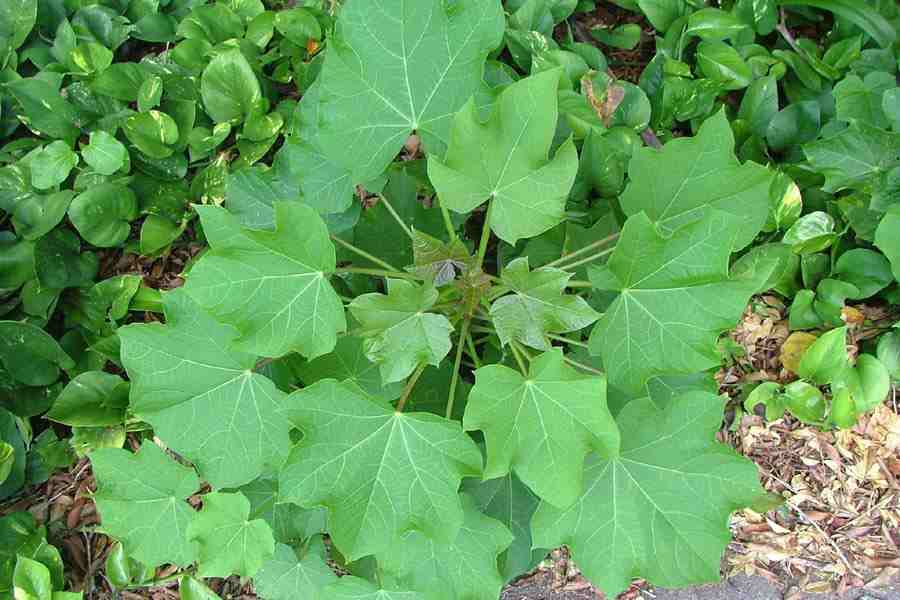
Mission NewEnergy Ltd
SeguirVisão geral
-
Data de fundação 12 de fevereiro de 1985
-
Setores Fábricas / Indústrias
Descrição da Empresa
Jatropha a Viable Alternative Renewable Resource

Constantly the biodiesel market is trying to find some option to produce renewable resource. Biodiesel prepared from canola, sunflower and jatropha can replace or be integrated with traditional diesel. During very first half of 2000’s jatropha biofuel made the headings as an extremely popular and appealing option. It is prepared from jatropha curcas, a plant species belonging to America that can be grown on wasteland.

Jatropha Curcas is a non edible plant that grows in the deserts. The plant grows extremely quickly and it can yield seeds for about 50 years. The oil obtained from its seeds can be utilized as a biofuel. This can be blended with petroleum diesel. Previously it has been used two times with algae combination to fuel test flight of commercial airlines.
Another favorable technique of jatorpha seeds is that they have 37% oil material and they can be burned as a fuel without improving them. It is likewise used for medical function. Supporters of jatropha biodiesel state that the flames of jatropha oil are smoke totally free and they are successfully checked for easy diesel motor.
Jatropha biodiesel as Renewable resource Investment has actually brought in the interest of numerous companies, which have evaluated it for vehicle use. Jatropha biodiesel has been roadway evaluated by Mercedes and 3 of the automobiles have actually covered 18,600 miles by utilizing the jatropha plant biodiesel.
Since it is due to the fact that of some disadvantages, the jatropha biodiesel have actually ruled out as a terrific renewable resource. The most significant problem is that nobody understands that just what the performance rate of the plant is. Secondly they do not know how big scale cultivation might affect the soil quality and the environment as a whole. The jatropha plant requires 5 times more water per energy than corn and sugarcane. This raises another concern. On the other hand it is to be noted that jatropha can grow on tropical climates with annual rainfall of about 1000 to 1500 mm. A thing to be kept in mind is that jatropha needs appropriate irrigation in the first year of its plantation which lasts for decades.
Recent study states that it is true that jatropha can grow on abject land with little water and poor nutrition. But there is no proof for the yield to be high. This might be proportional to the quality of the soil. In such a case it might require high quality of land and may require the exact same quagmire that is dealt with by a lot of biofuel types.

Jatropha has one main disadvantage. The seeds and leaves of jatropha are hazardous to human beings and animals. This made the Australian federal government to prohibit the plant in 2006. The federal government stated the plant as invasive species, and too dangerous for western Australian agriculture and the environment here (DAFWQ 2006).
While jatropha has stimulating budding, there are variety of research difficulties stay. The importance of detoxing needs to be studied due to the fact that of the toxicity of the plant. Along side a methodical research study of the oil yield need to be carried out, this is extremely essential since of high yield of jatropha would most likely required before jatropha can be contributed substantially to the world. Lastly it is also extremely crucial to study about the jatropha species that can survive in more temperature environment, as jatropha is very much limited in the tropical environments.
